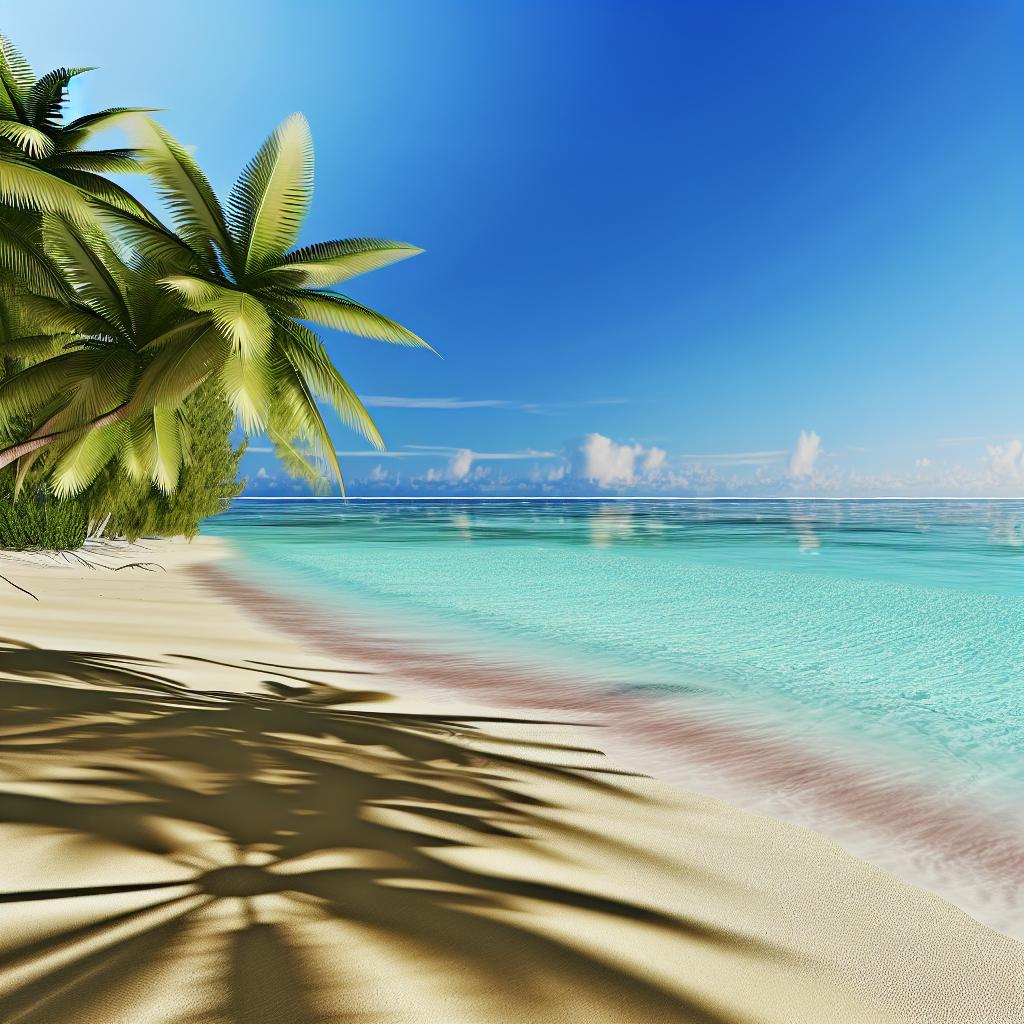Introduction to Bioluminescence
Bioluminescence is an intriguing natural phenomenon in which living organisms have the ability to produce and emit light through chemical reactions occurring within their cells. This capacity to glow in the dark is generally found among various marine organisms, with notable examples including certain types of plankton, jellyfish, and deep-sea fish. The bioluminescent glow is not only an enchanting sight but also serves crucial ecological roles, such as predation, mating, and camouflage.
The Chemical Mechanism Behind Bioluminescence
Bioluminescence occurs as a result of a chemical reaction that involves a light-emitting molecule called luciferin and an enzyme known as luciferase. When luciferin reacts with oxygen, catalyzed by luciferase, it generates a light-emitting product. This biochemical process is highly efficient, meaning it produces very little heat alongside light, which is why it’s often referred to as “cold light”. The color of the emitted light can vary, including shades of blue, green, and sometimes red or yellow, depending on the organism and its environment.
Bioluminescence on Corn Island
Nestled off the coast of Nicaragua, Corn Island provides an exceptional opportunity to experience bioluminescence firsthand. This Caribbean paradise is renowned not just for its breathtaking beaches and serene landscapes, but also for its enchanting night swims, during which bioluminescence lights up the waters. The primary contributors to this luminescent spectacle in the island’s waters are tiny marine organisms called dinoflagellates. These microorganisms emit light when disturbed, creating a magical underwater glow.
Planning Your Visit
Timing and location are crucial elements to consider when planning a visit to witness the bioluminescence at Corn Island. The best time to experience this natural wonder is during a new moon or when the moon is less visible, as darker skies provide a more vivid backdrop for the luminous waters. Additionally, selecting a secluded beach free from artificial light sources enhances the visual spectacle. This setting allows visitors to fully appreciate the natural beauty of bioluminescence without distractions.
To make the most of your trip, ensure that you research the climate and sea conditions beforehand. Understanding seasonal patterns and weather forecasts can help you plan an optimal visit, increasing your chances of witnessing bioluminescence at its most brilliant.
How to Experience Bioluminescence
Enjoying bioluminescence on Corn Island is an experience that involves more than just viewing—the real magic unfolds when you dive into the water. Night swimming becomes surreal as your movements through the water disturb the dinoflagellates, causing them to emit light and create a glowing trail behind you. This direct interaction with marine bioluminescence allows for a full sensory experience that is both peaceful and awe-inspiring.
To engage with this luminescent marvel responsibly, it is advised to handle the natural environment with care. Avoid applying chemicals such as lotions or insect repellents before entering the water as these can harm marine life. Similarly, maintaining a respectful demeanor and adhering to any local guidelines or regulations ensures the preservation of this delicate ecosystem.
Respect and Safety
Engaging in night swimming to observe bioluminescence requires a focus on safety and respect for the surroundings. It is critical to prioritize personal safety by informing someone of your swimming plans. This precautionary step ensures that assistance is available if needed. Also, avoid swimming in rough or turbulent waters to prevent accidental injuries.
Furthermore, respecting the guidelines established by local authorities not only safeguards the ecosystem but also preserves the experience for future visitors. By understanding and following these protocols, you contribute to a sustainable relationship with Corn Island and its natural wonders.
For those interested in visiting Corn Island and living the bioluminescence experience, numerous resources and travel tips can be found on Corn Island’s official tourism website. This site offers comprehensive information on how to make the most of your visit, including recommendations for accommodations, activities, and additional ecological insights about Corn Island.
Ecological Importance of Bioluminescence
The phenomenon of bioluminescence, while visually captivating, also plays a critical role in the ecological framework of marine environments. It functions as a survival strategy for numerous marine species. For instance, some organisms utilize bioluminescence to attract mates, thereby facilitating reproduction. Others may use their glow as a hunting mechanism, luring prey closer through flashing lights or distracting patterns.
Moreover, bioluminescence can serve as a defense mechanism. Some species emit sudden bursts of light to startle predators or to communicate warnings within their groups. This capability can deter threats and enhance survival chances, demonstrating the evolutionary advantage of bioluminescence in the wild.
The Scientific Study of Bioluminescence
The study of bioluminescence has significantly advanced scientific knowledge, particularly in the field of biotechnology. Researchers have harnessed the chemical processes involved in bioluminescence to develop a variety of applications, ranging from medical imaging to environmental monitoring. The unique properties of bioluminescent proteins have led to breakthroughs in these areas, allowing scientists to track cellular processes with precision and minimal invasion.
Additionally, studying bioluminescent organisms provides insights into the adaptation processes of marine life. Understanding how these species have evolved to produce light offers guidance in exploring unseen realms of the ocean, paving the way for new scientific discoveries.
Preserving Bioluminescent Environments
As bioluminescent environments face threats from pollution, climate change, and human interference, preserving these ecosystems has become increasingly important. Conservation efforts are essential to maintaining the delicate balance required for bioluminescent organisms to thrive. These efforts include reducing light pollution, mitigating climate change impacts, and promoting sustainable tourism practices.
Visitors to bioluminescent hotspots, like Corn Island, can play a part in conservation by advocating for and engaging in responsible tourism. Supporting initiatives that protect marine habitats and participating in awareness campaigns are steps toward ensuring that future generations can marvel at the beauty of bioluminescence.
Through education and awareness, appreciation for bioluminescent phenomena can inspire greater efforts to safeguard the ocean’s glowing treasures. By understanding the scientific, ecological, and aesthetic significance of bioluminescence, we can foster a deeper connection with the environment and commit to its preservation.

